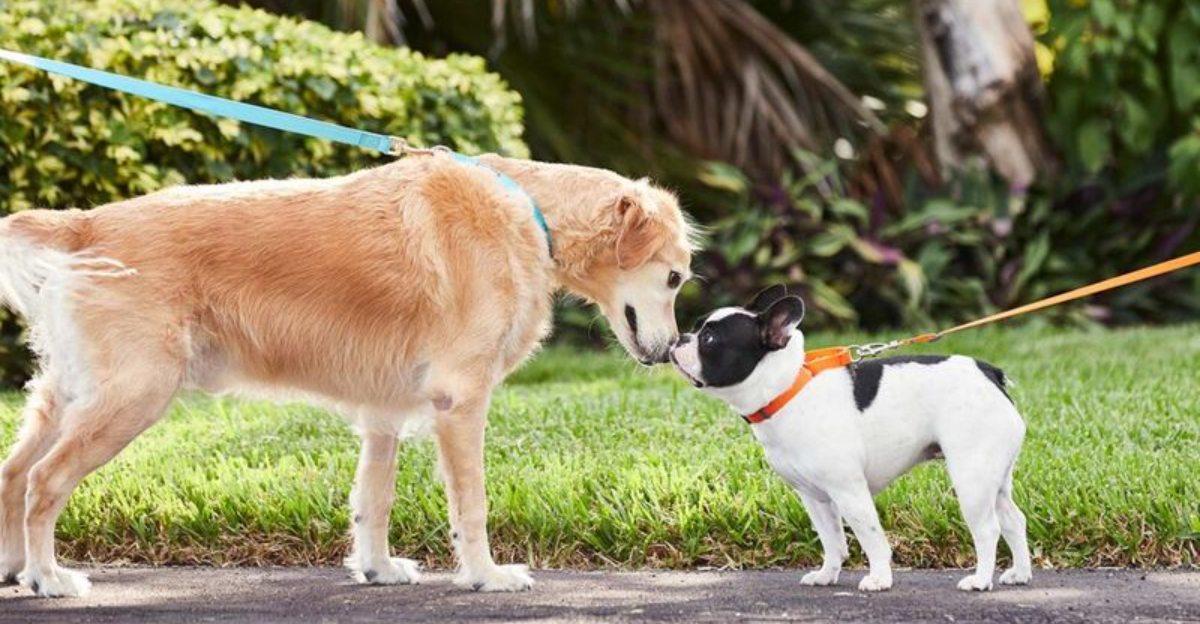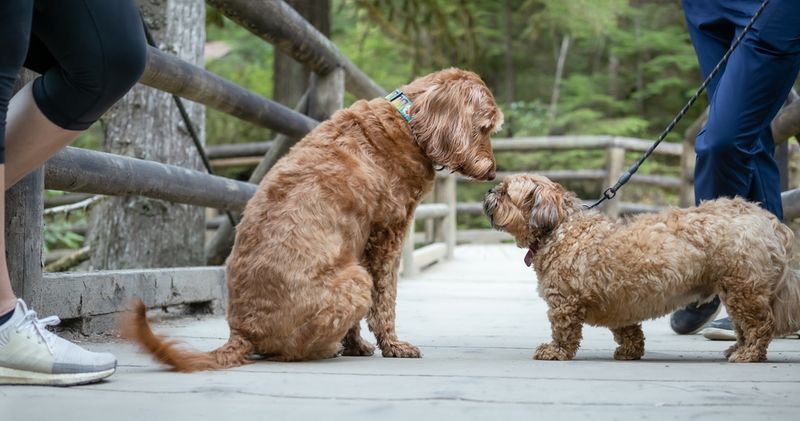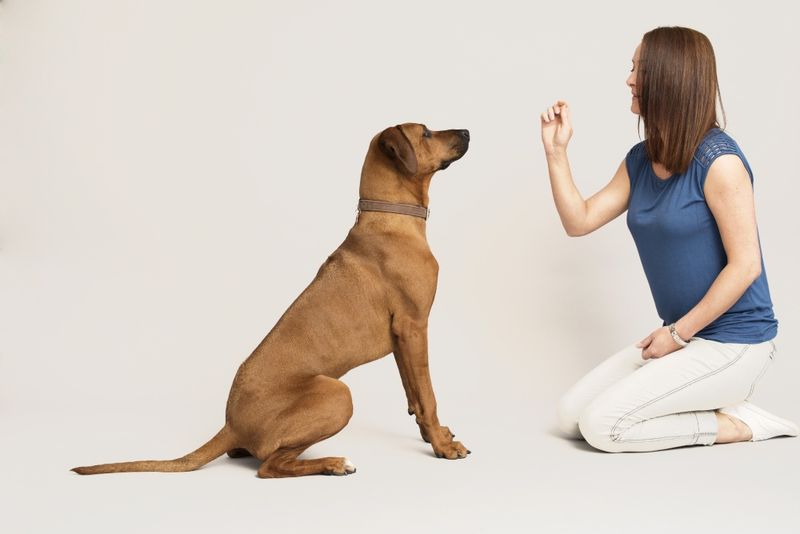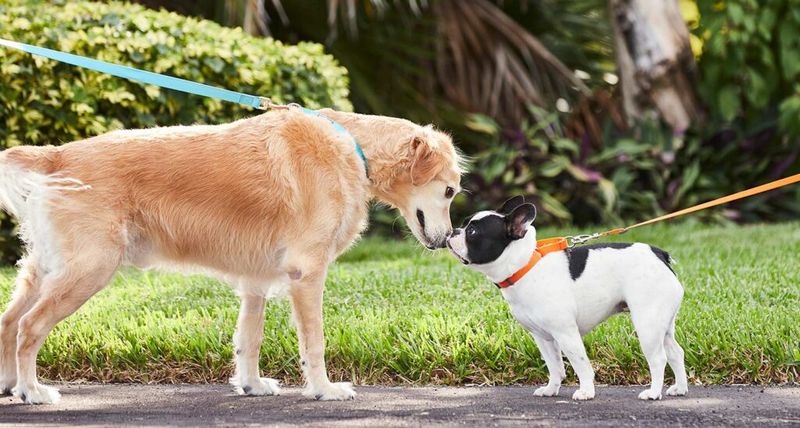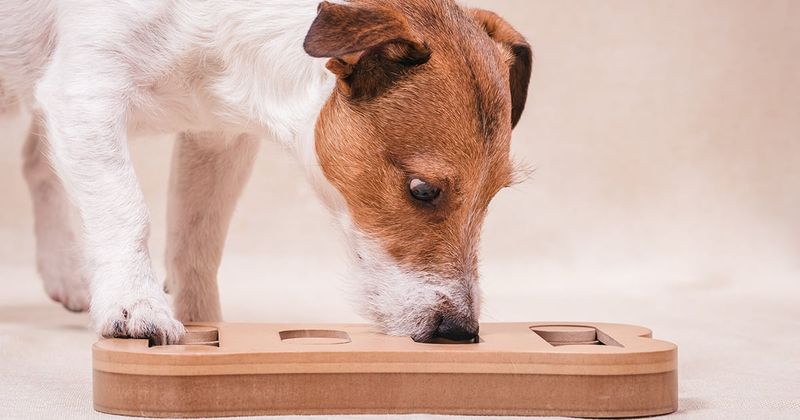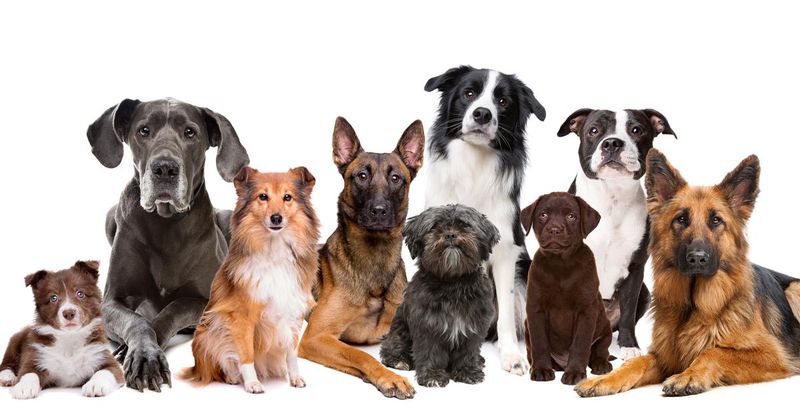Owning two dogs can be a rewarding experience, but it’s not without its challenges. I realized this the hard way when I took on the responsibility of caring for two furry companions. While the love and joy they bring are immeasurable, I encountered several unexpected hurdles along the way. Here are the 15 mistakes I made, each serving as a lesson for anyone considering expanding their canine family.
Underestimating Time Commitment
Time is a precious commodity, and with two dogs, it becomes even more so. Balancing work, social life, and dog care can feel like a juggling act.
I soon found that maintaining a routine was vital, yet challenging. Walking, feeding, and playtime doubled, leaving little room for spontaneity.
The demands can be overwhelming if not carefully planned. Embrace scheduling to manage your dogs’ needs effectively.
Ignoring Personality Clashes
Dogs, much like humans, have distinct personalities. Introducing a new dog into the home without understanding this can lead to tension.
I overlooked the importance of gradual introductions, expecting instant harmony. However, conflicts arose, requiring patience and mediation.
Observing each dog’s demeanor and facilitating a peaceful coexistence is crucial for harmony.
Neglecting Individual Needs
Each dog is unique, with specific needs and preferences. I made the mistake of applying a one-size-fits-all approach.
Realizing that one dog needed more exercise while the other required quiet time was an eye-opener.
Understanding and catering to their individual needs fostered a happier environment for everyone.
Overlooking Training Consistency
Consistency is key in dog training, a fact I underestimated. Training two dogs simultaneously requires patience and dedication.
Each dog learns at its own pace, making individualized attention a necessity. I struggled initially, but consistency brought progress.
Adopting a structured approach to training both dogs ensured better results.
Skipping Routine Veterinary Visits
Routine vet visits are essential for maintaining a dog’s health. I neglected this initially, focusing on immediate concerns instead.
Regular check-ups revealed health issues that were easier to manage when detected early.
Staying proactive about their health prevented future complications and ensured their well-being.
Overestimating Financial Preparedness
Financial planning for pets is crucial. I underestimated the cost of owning two dogs, from food to medical expenses.
Unexpected expenses, like emergency vet visits, quickly added up, stretching my budget thin.
Proper budgeting and financial readiness are vital for responsible pet ownership.
Forgetting About Separate Spaces
Providing personal space for each dog is important. Overcrowding can lead to stress and conflicts.
I initially overlooked the need for separate areas, resulting in territorial disputes.
Designating individual spaces for relaxation helped promote a peaceful coexistence.
Ignoring Socialization Needs
Socialization is key to a balanced dog, and I neglected this with my second dog.
Assuming they would naturally adapt led to anxiety and behavior issues. Engaging them with other dogs and environments helped ease their social tensions.
Early and regular socialization is crucial for their development.
Not Adjusting Exercise Routines
Exercise routines should cater to each dog’s energy levels. I mistakenly applied the same routine to both.
One dog thrived, while the other struggled, highlighting the need for tailored exercise plans.
Adjusting their routines promoted better health and balance in their lives.
Neglecting Mental Stimulation
Mental stimulation is as important as physical exercise. Initially, I overlooked activities to challenge their minds.
Boredom led to undesirable behaviors, prompting me to introduce puzzle toys and training games.
Engaging their intellect kept them happy and well-behaved.
Overlooking Basic Training Refreshers
Basic training techniques can fade over time without refreshers. I assumed previous training was enough.
Reinforcing basic commands helped maintain discipline and improved their response to new training.
Regular practice keeps their skills sharp and behavior in check.
Underestimating Effects of Aging
Aging can affect dogs’ behavior and needs. I overlooked this with my older dog.
Adjusting care routines became necessary as their mobility and health changed.
Understanding and accommodating these changes ensured their comfort and well-being.
Ignoring Pack Dynamics
Pack dynamics play a role in multiple dog households. I underestimated the impact of hierarchy.
Ignoring the leader-follower dynamic led to confusion and disagreements.
Recognizing and respecting their natural order promotes harmony in the home.
Expecting Instant Bonding
Expecting instant bonding between two dogs is unrealistic. I learned this the hard way.
Building a relationship takes time, patience, and positive reinforcement.
Encouraging interactions in neutral environments facilitated a gradual friendship.
Failing to Research Breed Traits
Breed-specific traits can influence behavior and needs. I underestimated this aspect.
Researching breed characteristics helped tailor training and care to their specific requirements.
Being informed about their natural instincts fostered a better understanding of each dog.
